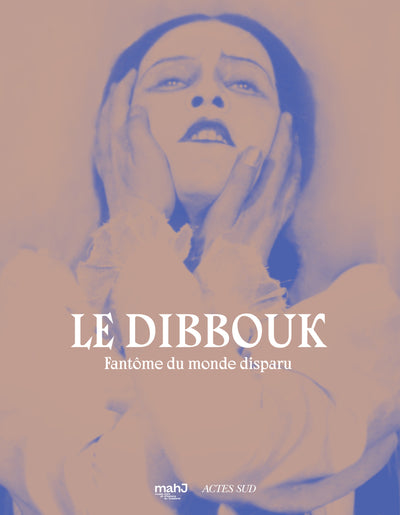The Dybbuk, Ghost of the Vanished World
- Authors: Volume editor Pascale Samuel, Volume editor Samuel Blumenfeld
- Publishers: SOUTH ACTS
- Date of Publication: 2024-09-25
- Dimensions: 256mm x 197mm
A ghost haunts Europe, it is the ghost of the dybbuk! This wandering soul,
even to possess living beings and to express oneself through them, has conquered the
world thanks to the Russian writer Sh. An-ski, who collected the stories during
his expeditions to Podolia and Volhynia in the 1910s. They
inspired the writing of the Dybbuk.
A resounding success from 1920, immediately translated, the play was performed from
Warsaw to Buenos Aires, via Moscow, Paris and New York. Work
emblematic of Yiddish theater and early Hebrew theater, it inspires
directors and artists of the Jewish avant-garde. Adapted for the cinema in 1937,
It will produce the most ambitious Yiddish film and one of the last to be shot
before the invasion of Poland.
After the Shoah, the Dybbuk still operates as an emblematic work of the
fertility of Yiddishland and as a metaphor for the vanished world. It is found in
on stage, on screen, in literature, as well as in the works of artists
contemporaries.
A major object of Jewish culture, the dybbuk is a key to understanding a
identity haunted by its past.
Share

